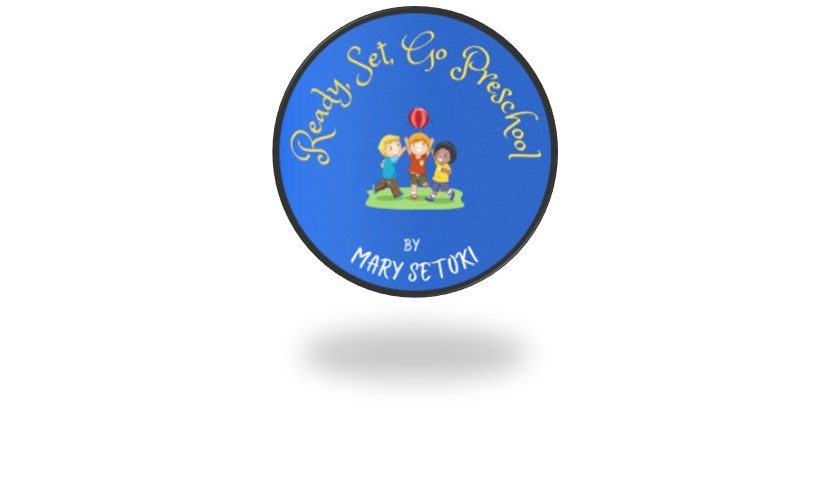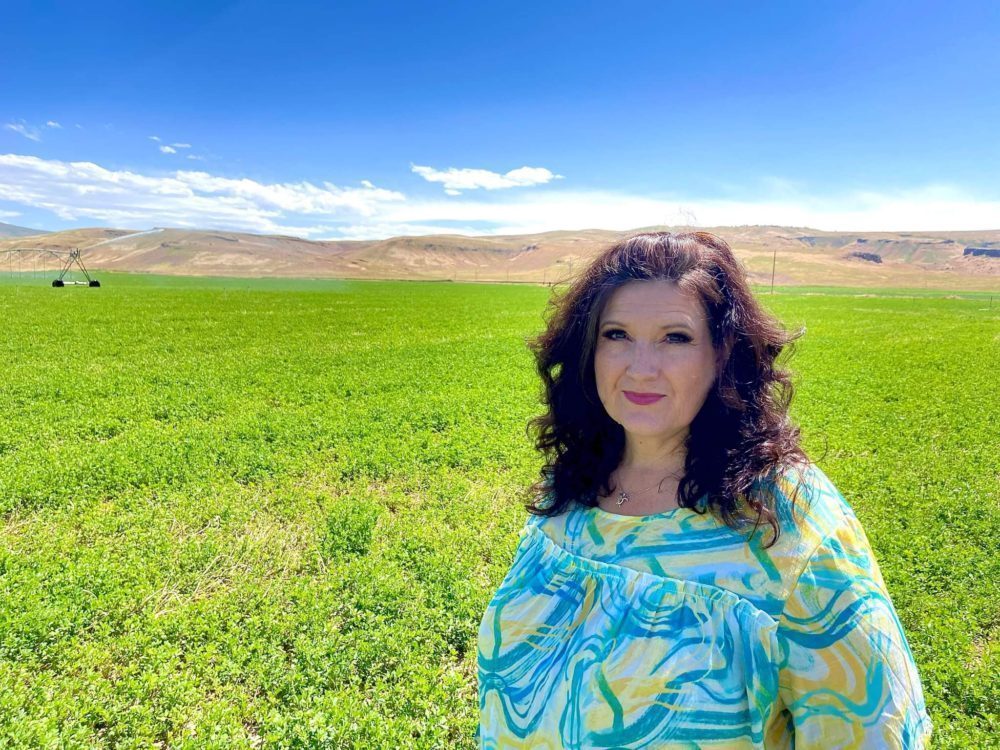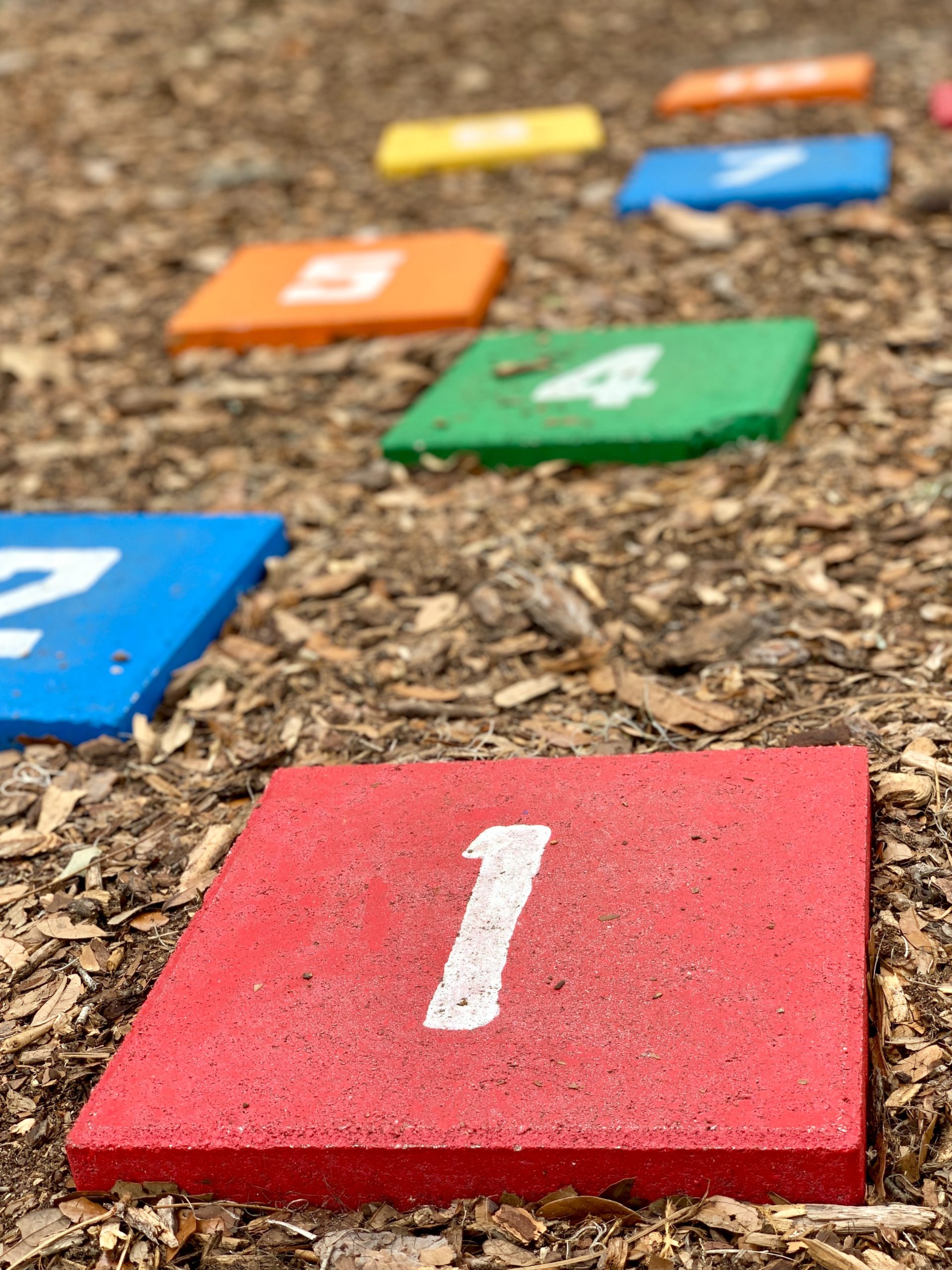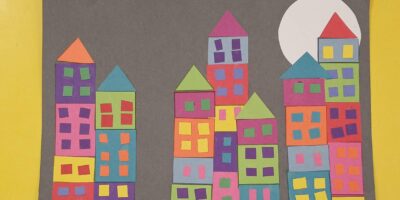Components of Mathematics
What comes to mind when you think of teaching preschool math activities? Does it give you anxiety when people suggest that your preschool math activities are not academic enough, or that all your students do is play? If you understand what I’m talking about, keep reading! Knowing the correct terminology for what you are most likely already doing, can give you the respect that you deserve and keep you from looking like a glorified babysitter. According to HighScope Educational Research Foundation:
For young children, mathematics is about much more than rote counting. They count real things and love working with numbers. Children learn about geometry when they assemble puzzles and build with blocks, and explore measurement when they see who jumped the farthest. When children create patterns with art materials or movements, they lay the foundation for algebra. And when they collect quantitative information to answer their own questions (“How many of us want pretzels in the trail mix?”), they are doing data analysis. Look closely and you will observe these mathematics activities occurring spontaneously throughout the program day. (Cor Advantage Scoring Guide, 2014)
Number operations
geometry and spatial sense
measurement
patterns (algebra)
and data analysis
These are the components of mathematics that are used by both HighScope and Creative Curriculum as well as some state preschool standards. Use these terms as you write your lesson plan. This way you can show that during free play time your kiddos who are playing with blocks are in fact, exploring geometry and spatial sense, patterns and measurement. Preschool math activities in the form of worksheets have a place. Worksheets can reinforce the hands on exploration of preschool math components.

Number Operations
Students are learning and practicing number operations anytime they are counting. They can count how many toys they have. Count how many children are at school today. Count how many days until the next special day.
When children count a specific number of bears and are able to say, “I have 5 bears”, they are learning about quantity or sense of number.
Children are learning about comparisons when they say, “There are more girls today than there are boys”.
They also learn about order when they are able tell which or who is 1st, 2nd, 3rd and so on.
Preschoolers learn numerals as they recognize the the number 3 represents 3 objects.
Children learn about addition as they combine items to make a larger set. The are learning about subtraction as they separate items and see how many are left. They learn division as they share treats equally with their classmate. And, they learn multiplication as they make equal sets of items to share with their classmates.
Geometry and spatial sense
The elements of geometry and spatial sense are: shape, space, transformations and visualization.
Children learn about shape by naming and recognizing 2D and some 3D shapes, but more importantly by exploring what happens when you put shapes together to make new shapes.
Preschoolers learn about space by being able to tell where things or shapes are. They should use prepositions like under and next to to describe where things are in space.
Transformations happen by turning, sliding or flipping shapes. Kids practice this skill when putting puzzles together or making blocks fit together.
Visualization is practiced when children see a picture and are able to recreate it with blocks or by drawing a picture.
Measurement
Length, capacity, weight, area and time are measurement attributes that young children demonstrate knowledge of throughout the day. They tell who is taller, See who has more. Compare items on a scale. Explore area as they play with puzzles. Learn about time by following the schedule of the day. Preschoolers learn about comparing and ordering when they first compare difference in two items. Later. they learn about order by comparing three items and describing them by using words like small, medium and large and so forth.
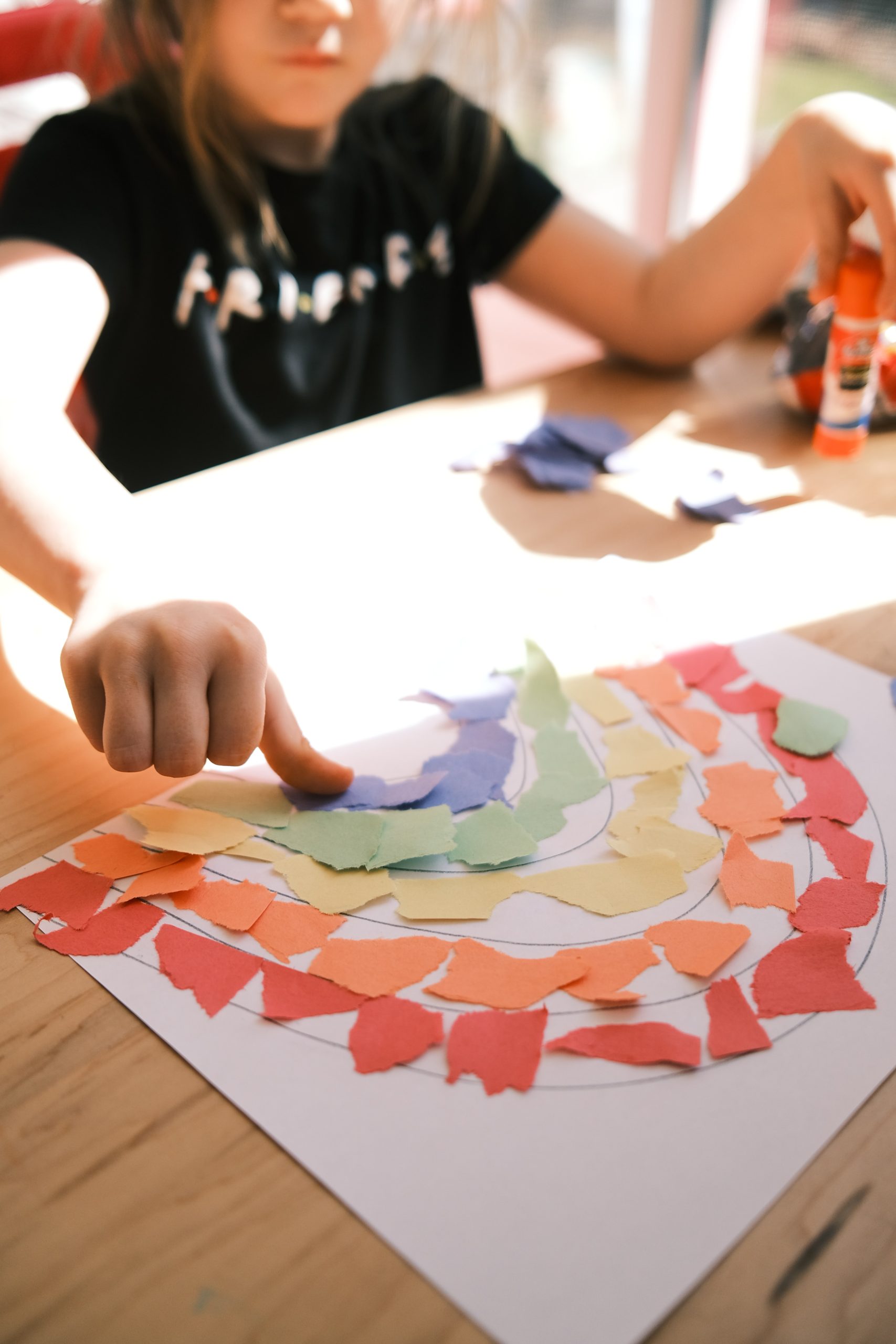
Patterns (algebra)
Patterns are all around us. There are color or shape patterns on children’s’ clothing, patterns in songs with verses and chorus. We hear patterns in sound such as firetruck’s siren. We act out patterns in movement of actions to songs. Children also demonstrate learning about change when they talk about leaves falling from trees when it gets colder.
Data analysis
The important elements for kids to learn about data analysis are: sorting and classifying, representing data and describing data. Graphs are an amazing way to show data. In my classroom we have a question of the day, and students place their name on the graph to represent their answer. After we have sorted and represented the data we take time to tell which one is more and which one is less.
Implement Preschool Math Activities
without a sweat!
Now that you know all of the components of math for preschoolers you can use them in your lesson plans. Use them in conversations with your principal and co-workers to build your credibility as a teacher. However, what is really important is that we use these words and guiding words with our students. We need to use the correct words and questions with our kiddos. This way we can guide and scaffold them to new levels of understanding.
Mathematical Process Skills
Children learn mathematics by using mathematical process skills. These skills are problem-solving, reasoning, communicating, connecting and representing.
Problem-solving
We can teach problem-solving by identifying opportunities to let students help to find the answer to a problem, by modeling problem-solving behavior and by asking open-ended questions.
Reasoning
We can help preschoolers practice reasoning skills by really listening to their interactions and posing questions such as, “I wonder why ….” and push them to give an answer beyond shrugging their shoulders and saying, “because”. We can be more intentional about planning reasoning experiences for them.
Communicating
Children need the correct tools to communicate their learning. Materials for writing or drawing about what they have learned is very important. Additionally, we can provide a time for students to share or “review” what they have learned during the day is an important tool in helping kids learn to communicate.
Connecting
We need to also encourage connecting what they are doing at school with things that happen at hope. As students are learning a math component, we might ask, “Do you sort things at home?”, or “What do you sort at home?”.
Representing
There are a lot ways that our students can represent what they know. The use of writing materials, blocks, fingers, counters etc., are just of few of the ways kids can represent what they are learning.
Tying it All Together with Correct Terminology
Correct Terminology for co-workers and correct terminology with our students. Teaching preschool math activities need not cause an anxiety attack as you try to defend the need for “play” to your co-workers. Using the correct terminology and the common math objectives for preschoolers should keep others off your back. Correct terminology to guide our students through practicing their skills as they learn the math components will give our kiddos a better foundation for learning more math skills in the future.
If this blog was helpful, you might be interested in my other blogs
(2014. Cor Advantage Scoring Guide. Ypsilanti, Michigan 48198-2898: High Scope Press, p.47.)

